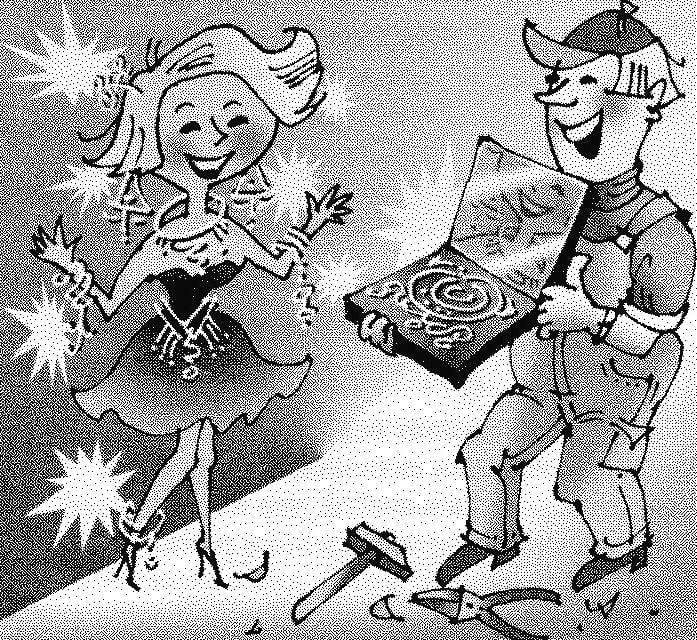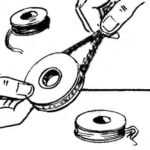 During archaeological excavations of ancient burial mounds and graves along with different kinds of jewelry in many meet the beautiful decorations, made of copper. Try your hand in the manufacture of such jewellery available to everyone — you just use a copper wire and a simple improvised devices, prompted by the Hungarian magazine “Earmaster”.
During archaeological excavations of ancient burial mounds and graves along with different kinds of jewelry in many meet the beautiful decorations, made of copper. Try your hand in the manufacture of such jewellery available to everyone — you just use a copper wire and a simple improvised devices, prompted by the Hungarian magazine “Earmaster”.
The basis elements from which we collect any such adornment, constitute different forms rings and curved parts derived from pieces of wire of Similar patterns will be obtained using, e.g. pliers (Fig.1) with tapered jaws that allow you to vary the bending of the wire in a wide range of sizes. Moreover, the items obtained from round wire, it is easy to turn into a flat, placing them on a metal base and atrativa hammer; and covering a metal plate you have to align the pattern in one plane (Fig.2).
Look beautiful included in the overall pattern parts in the form of various longitudinal or looped springs. To them succeed, Aviva wire on a wooden or metal rod (Fig.H) Using the rod of different diameters or conical (Fig.4), as well as oval, square or triangular cross-section, it is possible to “springs” of various shapes.
The print pattern will have more options if the original length of wire will be gossip “pigtail” two or three lived, pinched together and twisted with the help of any available jigs (Fig.5).

Small components of large jewellery usually are “beaded” on the “collar” of a smooth or curved snake of a wire corresponding to a circular shape on a cylindrical object of suitable diameter (Fig.6).
The inclusion of the wire pattern of various kinds of beads, pearls or pendants complements the expressive possibilities of a simple plexus of the Ways of their execution and suspension shown in figures 7 and 8.
A mandatory element of great jewelry is the lock — ring or threaded ends connection, front and rear, Its role will perform a simple wire pin hook (Fig.9)



